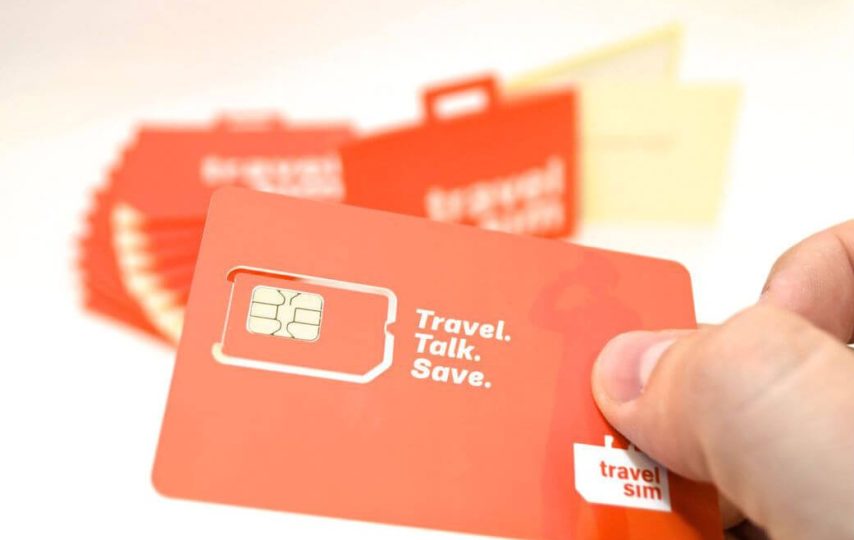You just got back from your first international trip, and now you’re looking for the right SIM card to use on your next trip. You’ve heard about travel SIMs, but what is a prepaid SIM? How do they differ from prepaid plans? And why do you need us sim card if you’re going to the US? In this post, you’ll find answers to these questions and more so that you can decide which type of SIM plan is best for your next tour abroad.
The prepaid plan is for domestic use.
You can purchase the prepaid us sim card online from a mobile network of your choice in the US before leaving on your trip. If you stay at one location for a long time, this is the best option because it gives you flexibility. You can choose how much data, minutes and texts you need per month and pay only for what you use each month.
However, if your travels take several days or weeks, it may not be practical as it is tricky to know how much data or minutes/texts will be needed during those periods. It’s also cheaper than travel SIMs. You may find that some travel SIMs have monthly rates, which cost more than taking out a regular prepaid plan and buying your SIM card.
Prepaid SIM works only in the issuing country.
A prepaid SIM card is intended only in a specific country and will not work outside that country. The main advantage of these prepaid cards is the ability to get a local number and local mobile data plan at a relatively low cost. If you’re going abroad for a short time, you might find this option useful because no long-term contracts or commitments are involved. However, if you’ll be spending significant amounts of time away from home or working overseas for any period, getting an international SIM card may make more sense.
Travel SIMs typically have higher roaming rates than prepaid plans.
Travel SIMs are a great option if you want to use your phone while travelling, but they have some limitations.
- Roaming rates are often higher than with prepaid plans. This is because travel SIMs can’t be locked in one place. The lack of a home country also means that there’s no way for the carrier to track your usage or bill you automatically. To make up for this, providers charge more for data, texts, and calls when roaming abroad (though some provide free incoming calls).
- Some providers only sell their travel SIM cards online or through agents who will charge fees on top of what you pay them directly.
You can use an eSIM on any phone that supports it.
The eSIM is a new type of SIM card that’s embedded in the phone itself. It means you can use your phone regardless of whether or not it has a slot for a physical SIM card.
However, at the moment, not many phones have an eSIM built-in, so it might be some time before most people can take advantage of this technology. If you have one of these phones, nothing is stopping you from setting up an eSIM right now!
If your phone doesn’t support eSIMs yet, you will need to buy a physical nano-size SIM card with support for 4G LTE/5G network speeds and dual-carrier operation.
Conclusion
As you can see, there are plenty of options when it comes to choosing your mobile plan. You must know what works best for your needs and choose accordingly.





